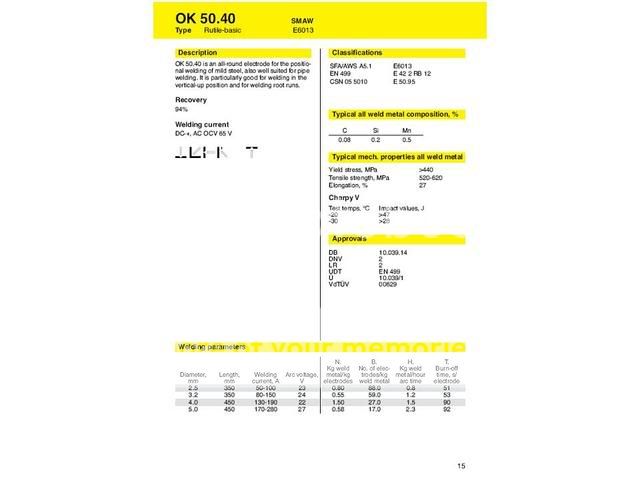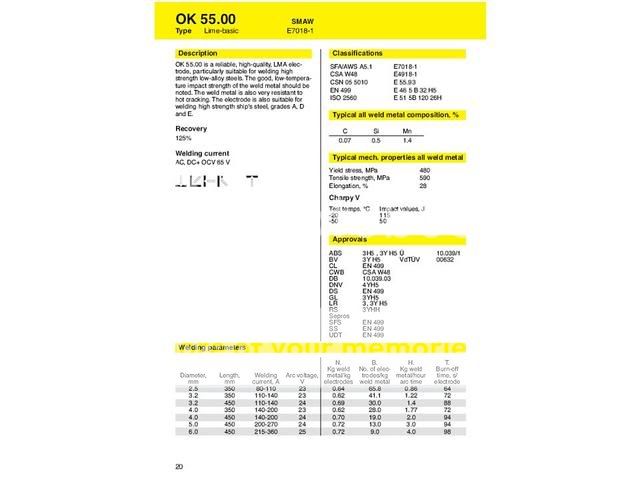2 cents already mentioned before
I am home "welding" since i was 6, dont have the pretention to guarantee any of my welds. Never had any schooling as such and going from the OT first post i would strongly recommend to postpone the project for a year and get some practice first
or..
find someone who can weld your splitters critical parts together while you are there. Take your welding hood and watch how he is welding. Maybe you'll have to pay him for his labour but that money should be worth it.
You will accelerate your learning a lot.
If you want to buy a welder i would advise you to find a small pro shop with the old guy behind the counter and have a long talk with him.
Most of the time you will find they appreciate a motivated novice much more than a regular shopper that has no clue.
I made a couple of good deals by going for second hand PRO machinery. The welding shop knows which customers are due to replace their equipment and it might actually help them getting a deal when they know they can take over the old equipment and have a customer for it.
give and take, win-win for both
Stay away from all these cheap welders. IF you are serious about it you will in short time destroy or in best case outgrow them and face a next investment. Add the amount to get a decent toy immediately. (resale value will also be better in case you find out it is not your type of game)
I do agree with the stick versus MIG argumentation in this situation.
MIG can be used and should be as good as stick but a home user will never be able to tell if his MIG welds actually are.
Destructive re-engineering is a nice thing but breaking things at splitter pressures is not. If you do it, do it right the first time.

You might want to post your question at eg the welding web dot com site.











